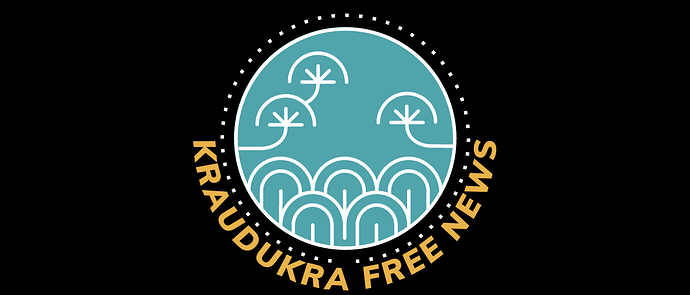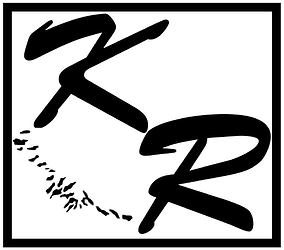Kraudukra Resorts Reels from Tsunami Impact
Kraudukra Sea, Krauanagaz— The turquoise serenity of the Kraudukra Sea was violently shattered earlier this year when a powerful undersea earthquake triggered a tsunami that tore across the barrier islands of southern Krauanagaz. Among the worst hit was Kraudukra Resorts, the nation’s flagship coastal hospitality group, renowned for its eco-luxury resorts, marine parks, and cultural retreats.
Founded in 1991, Kraudukra Resorts built its identity around showcasing the natural beauty and cultural richness of the Kraudukra barrier chain, offering guests immersive experiences in biodiverse coastal sanctuaries, coral preservation parks, and Krautali heritage tours. For over three decades, the chain has been a symbol of sustainable tourism and economic vitality in the region.
That legacy now hangs in the balance.
Initial assessments from the Federal Emergency Management Agency (FEMA) confirm that at least six of the company’s ten resort complexes suffered severe to total destruction. The worst damage was reported on Pantán Island, where Kraudukra’s flagship “Whispering Reef Resort” was completely swept away. Only the reinforced concrete skeleton of the main reception hall remains standing. The iconic overwater bungalows—designed to float during storms—were ripped from their moorings and scattered across the island’s interior.
On smaller islands such as Talata and Sa’ossa, marine research facilities and eco-tour lodges were inundated, their foundations eroded, and infrastructure collapsed. At the Talata Marine Research Center, years of coral genome data was lost when wave surges shattered the biorepository’s climate-controlled vaults. Marine biologist Dr. Haran Kess said, “Our coral spores were stored at -80°C. When the generators failed… decades of work melted in hours.”
On Sa’ossa, the tidal wave gutted the Krautali Heritage Museum, carrying irreplaceable artifacts like the 300-year-old Marau’s Fishing Net out to sea. “We’re not just rebuilding resorts—we’re salvaging history,” said marine archaeologist Dr. Pelan Rys, sifting through debris for fragments of ceremonial masks.
Thousands of staff members, many of them seasonal or local islanders, have been displaced. As of last week, the company reported over 700 employees remain unaccounted for. A figure that includes hotel personnel, cultural tour guides, maintenance crews, and wildlife rangers.
“This is not just a business loss—it’s a human tragedy and a cultural rupture,” said Ilani Vepráz, CEO of Kraudukra Resorts, during a somber press conference in Kulyat. “Entire communities who built their livelihoods with us have lost homes, jobs, and, in too many cases, loved ones.”
Kraudukra has pledged 6 months’ salary to all displaced workers, but with 42% of payroll records destroyed, verification is slow. International partners, like Bluewave Securities, are sponsoring specific resorts reconstruction.
Reconstruction will not be easy. Many of the islands remain inaccessible due to debris-filled waterways and shattered docks. Supply chains have been interrupted, especially for building materials and emergency medical aid. Krauanaet Thalira Renkara has declared the affected region a Marine Disaster Zone, halting commercial activity and tourism indefinitely.
Despite these setbacks, Kraudukra Resorts has pledged a long-term recovery plan. In partnership with the Krautali Coastal Trust and Federation Green Future Holdings, the company aims to rebuild sustainably, prioritizing local labor, climate-resilient architecture, and environmental restoration. However, Vepráz acknowledged that some properties “may never reopen.”
International aid and federal support will play a critical role. The Federation government has earmarked ₰420 million in emergency funds specifically for the barrier islands, some of which will support damaged businesses like Kraudukra Resorts. But with tourism revenues halted and insurance claims still pending, the path ahead is uncertain. The resorts generated 19% of southern Krauanagaz’s GDP, their absence could collapse the regional economy.
For many Krauanagazans, Kraudukra Resorts represents more than a hospitality brand— it’s a conduit between nature, culture, and livelihood. Its resorts funded coral reef protection efforts, sponsored cultural preservation programs, and provided year-round employment to thousands.



